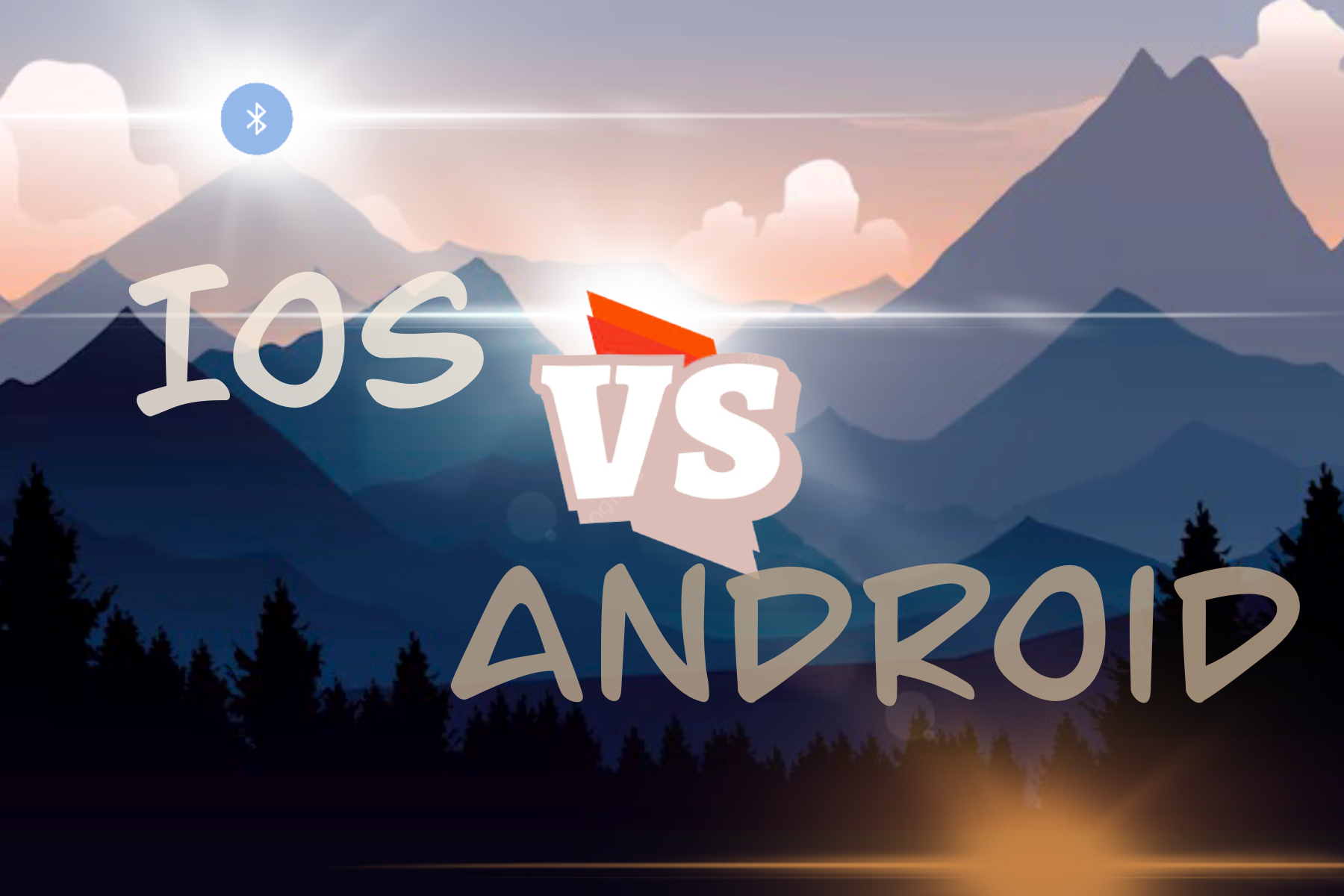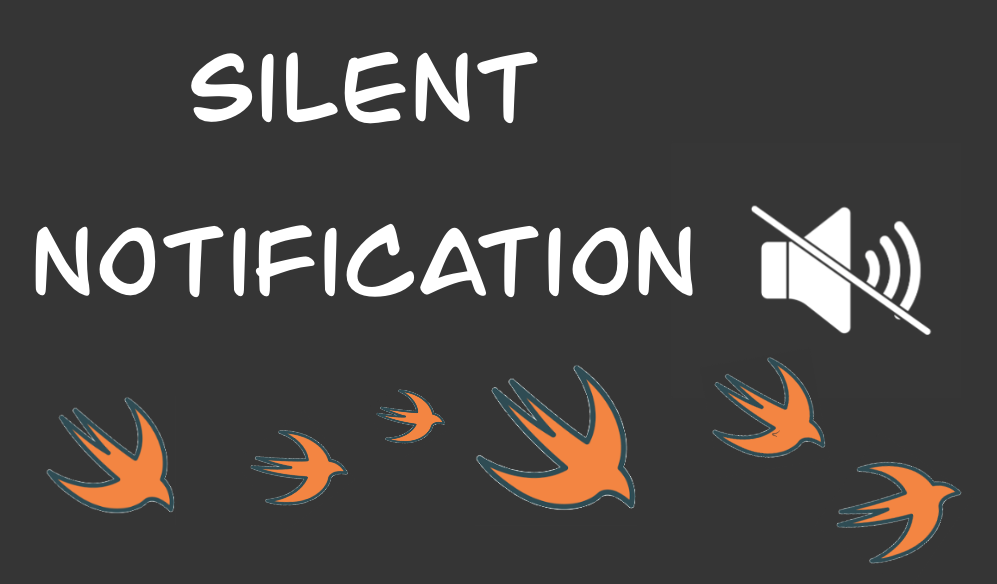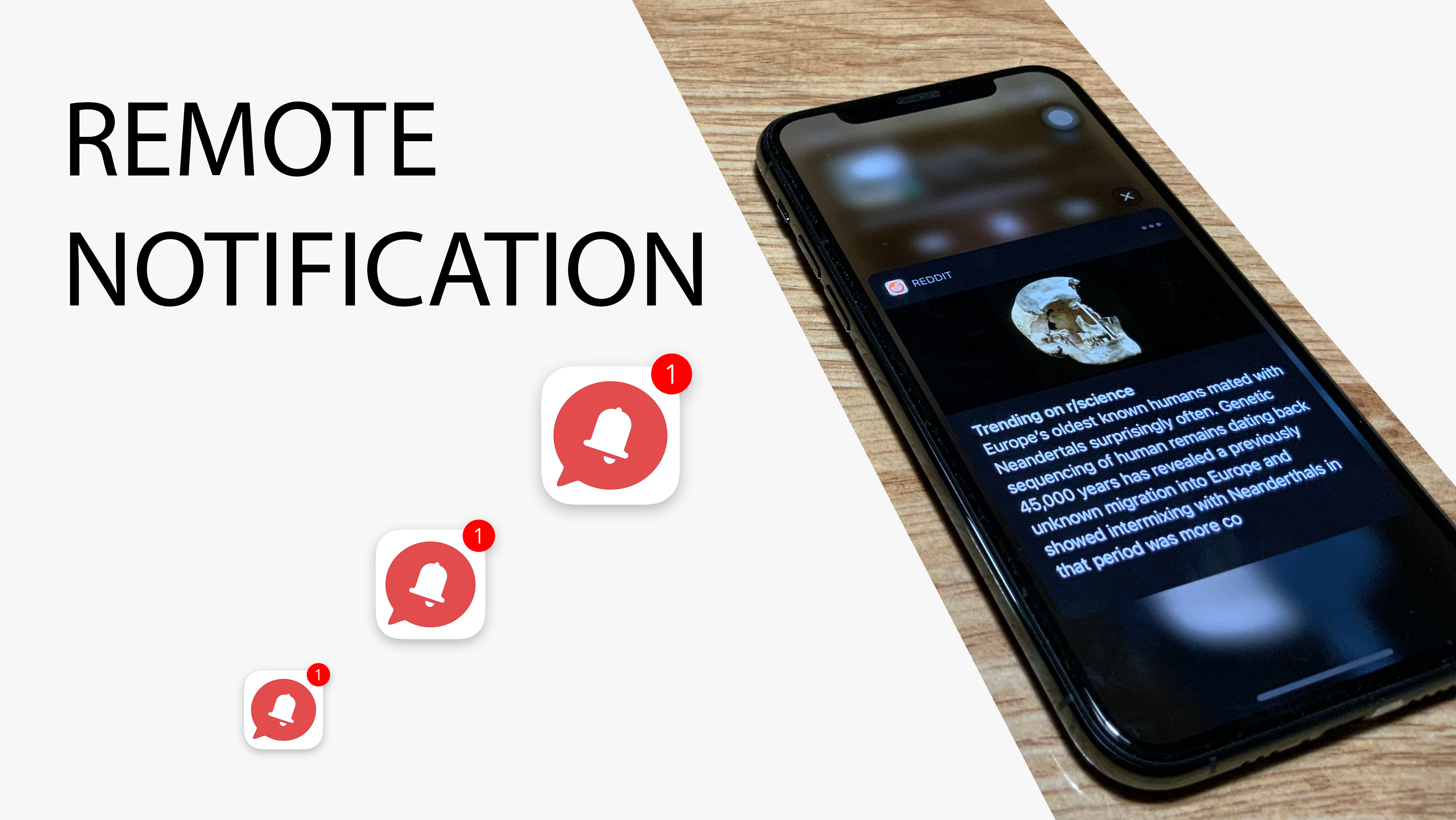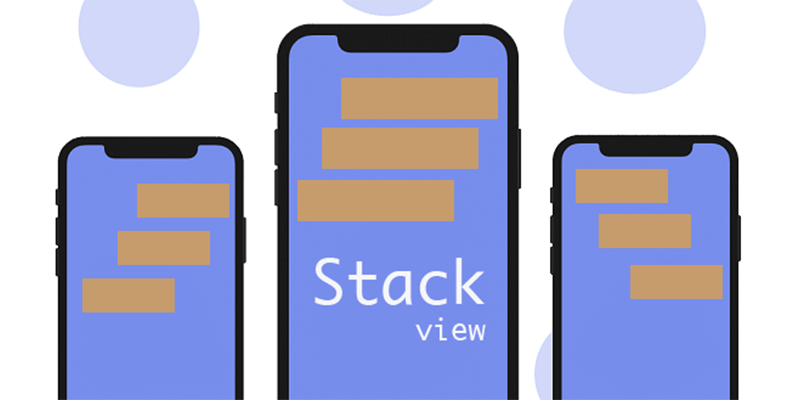Best practice: iOS vs Android Bluetooth

Bluetooth technology has become an integral part of modern mobile applications, enabling seamless wireless communication between devices. Whether it’s for connecting to a wireless headset, transferring files, or interacting with smart home devices, Bluetooth plays a crucial role in enhancing user experience.
For mobile developers, understanding how to implement Bluetooth functionality is essential. In this post, we’ll dive into a detailed comparison of the Bluetooth development frameworks for iOS and Android.








